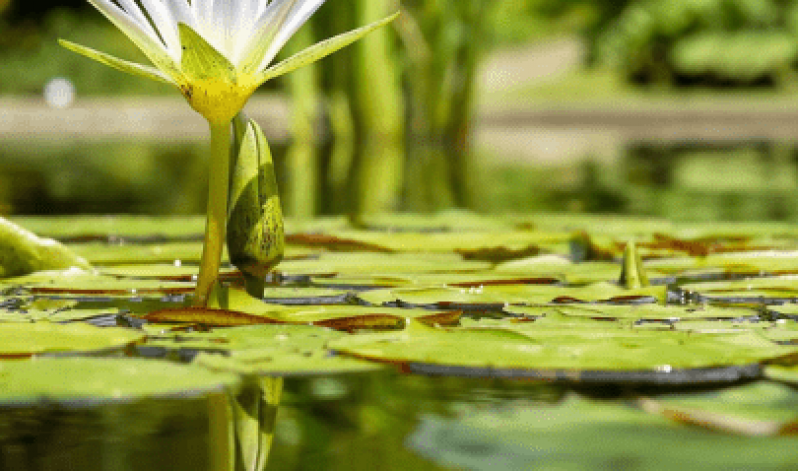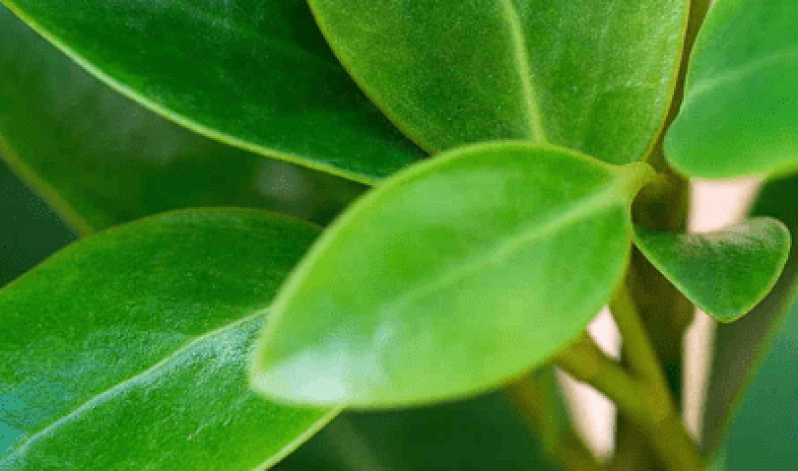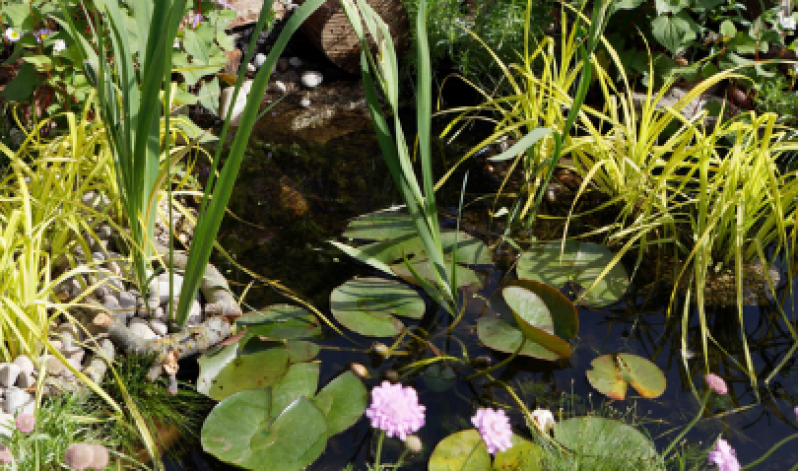Jun 21, 2022
0 comment
Simple ways to bring wildlife to your garden
Wildlife friendly gardens don’t need to be messy or overgrown. Find out more about how to integrate pollinator friendly features to encourage all sorts of creatures to the garden.
The Garden Design Co, who brought ‘The Living Landscape Garden’ to BBC Gardeners’ World Live with the Michael Wheat Group, have shared some to make your garden a haven for wildlife…
Find out more about their top tips below.
/*! elementor - v3.19.0 - 07-02-2024 */
.elementor-widget-divider{--divider-border-style:none;--divider-border-width:1px;--divider-color:#0c0d0e;--divider-icon-size:20px;--divider-element-spacing:10px;--divider-pattern-height:24px;--divider-pattern-size:20px;--divider-pattern-url:none;--divider-pattern-repeat:repeat-x}.elementor-widget-divider .elementor-divider{display:flex}.elementor-widget-divider .elementor-divider__text{font-size:15px;line-height:1;max-width:95%}.elementor-widget-divider .elementor-divider__element{margin:0 var(--divider-element-spacing);flex-shrink:0}.elementor-widget-divider .elementor-icon{font-size:var(--divider-icon-size)}.elementor-widget-divider .elementor-divider-separator{display:flex;margin:0;direction:ltr}.elementor-widget-divider--view-line_icon .elementor-divider-separator,.elementor-widget-divider--view-line_text .elementor-divider-separator{align-items:center}.elementor-widget-divider--view-line_icon .elementor-divider-separator:after,.elementor-widget-divider--view-line_icon .elementor-divider-separator:before,.elementor-widget-divider--view-line_text .elementor-divider-separator:after,.elementor-widget-divider--view-line_text .elementor-divider-separator:before{display:block;content:"";border-block-end:0;flex-grow:1;border-block-start:var(--divider-border-width) var(--divider-border-style) var(--divider-color)}.elementor-widget-divider--element-align-left .elementor-divider .elementor-divider-separator>.elementor-divider__svg:first-of-type{flex-grow:0;flex-shrink:100}.elementor-widget-divider--element-align-left .elementor-divider-separator:before{content:none}.elementor-widget-divider--element-align-left .elementor-divider__element{margin-left:0}.elementor-widget-divider--element-align-right .elementor-divider .elementor-divider-separator>.elementor-divider__svg:last-of-type{flex-grow:0;flex-shrink:100}.elementor-widget-divider--element-align-right .elementor-divider-separator:after{content:none}.elementor-widget-divider--element-align-right .elementor-divider__element{margin-right:0}.elementor-widget-divider--element-align-start .elementor-divider .elementor-divider-separator>.elementor-divider__svg:first-of-type{flex-grow:0;flex-shrink:100}.elementor-widget-divider--element-align-start .elementor-divider-separator:before{content:none}.elementor-widget-divider--element-align-start .elementor-divider__element{margin-inline-start:0}.elementor-widget-divider--element-align-end .elementor-divider .elementor-divider-separator>.elementor-divider__svg:last-of-type{flex-grow:0;flex-shrink:100}.elementor-widget-divider--element-align-end .elementor-divider-separator:after{content:none}.elementor-widget-divider--element-align-end .elementor-divider__element{margin-inline-end:0}.elementor-widget-divider:not(.elementor-widget-divider--view-line_text):not(.elementor-widget-divider--view-line_icon) .elementor-divider-separator{border-block-start:var(--divider-border-width) var(--divider-border-style) var(--divider-color)}.elementor-widget-divider--separator-type-pattern{--divider-border-style:none}.elementor-widget-divider--separator-type-pattern.elementor-widget-divider--view-line .elementor-divider-separator,.elementor-widget-divider--separator-type-pattern:not(.elementor-widget-divider--view-line) .elementor-divider-separator:after,.elementor-widget-divider--separator-type-pattern:not(.elementor-widget-divider--view-line) .elementor-divider-separator:before,.elementor-widget-divider--separator-type-pattern:not([class*=elementor-widget-divider--view]) .elementor-divider-separator{width:100%;min-height:var(--divider-pattern-height);-webkit-mask-size:var(--divider-pattern-size) 100%;mask-size:var(--divider-pattern-size) 100%;-webkit-mask-repeat:var(--divider-pattern-repeat);mask-repeat:var(--divider-pattern-repeat);background-color:var(--divider-color);-webkit-mask-image:var(--divider-pattern-url);mask-image:var(--divider-pattern-url)}.elementor-widget-divider--no-spacing{--divider-pattern-size:auto}.elementor-widget-divider--bg-round{--divider-pattern-repeat:round}.rtl .elementor-widget-divider .elementor-divider__text{direction:rtl}.e-con-inner>.elementor-widget-divider,.e-con>.elementor-widget-divider{width:var(--container-widget-width,100%);--flex-grow:var(--container-widget-flex-grow)}
/*! elementor - v3.19.0 - 07-02-2024 */
.elementor-widget-image{text-align:center}.elementor-widget-image a{display:inline-block}.elementor-widget-image a img[src$=".svg"]{width:48px}.elementor-widget-image img{vertical-align:middle;display:inline-block}
Written by The Garden Design Co. team
Wildlife friendly gardens – despite their often dated and negative connotations- don’t need to be messy, overgrown and unruly patches of land to attract wildlife.That is how ‘The Living Landscape’ garden has been designed to demonstrate. Combining both a manicured and controlled landscape with wildlife friendly features is the most practical way to introduce or encourage wildlife back into your garden. It isn’t necessary to devote your entire space to wildlife to make it friendly read on to learn how wildlife and mankind can live in harmony and flourish once again. Inspired by ‘The Living Landscape’ garden we’ve created a list of simple ways to integrate wildlife friendly areas into your garden.
Introduce waterWater is nature’s elixir. A water feature is fantastic way to encourage all walks of wildlife into your garden, including birds and crucial insects in the ecosystem.You will be amazed by what even a small amount of water will bring to your garden in terms of wildlife. A small tub or a big pond, just watch wildlife flood in when water is near.Top tipsLeave beaches for animals to get out of the water easily when they enter to bathe or drinkAdd plants to margins to provide refuge and habits for amphibians, mammals, and insectsUse UK native plants to support our native wildlife avoiding invasive plant species
Leave grass uncutButterflies especially, benefit from uncut grass as it creates a habitat for them to lay their eggs.Leaving grass uncut provides food for developing larvae, while nectar-filled flowers feed adult butterflies, moths and other insects. Bees also benefit from reduced lawn cutting schedule as the flowers in the lawn provide nectar for them.Top tipsDedicate a strip of grass in the garden which is to remain uncut as you maintain the rest of your lawnChoose a patch at a border edge or get creative with a winding strip through the centre as a featureFor bees, reduce cutting to once every two weeks instead of one (they don’t benefit from really long grass as much).
Provide native treesThere is nothing better than native plants for our wildlife. Native shrubs and trees offer the best choice for wildlife, providing habits for insects, flowers for our bees and berries and fruits for our mammals and birds, but any tree is better than none!Top tipsEven adding one small trees into your garden has endless benefits to wildlife, no garden is too small! Pick a suitable tree for your gardens size by checking its mature height and spreadSelect a deciduous tree or berry forming evergreens for best benefits to wildlife and most stunning season displays in your gardenCarefully think about the new tree’s location, it’s better to consider this carefully than having to cut it down later
These simple ways will have a huge impact on wildlife in your garden and more small things we can all take part in the quicker our wildlife can recover and flourish again hand in hand with mankind.Feeling inspired? Take a look at The Garden Design Co. who designed and built ‘The Living Landscape’ garden with partners Michael Wheat Group. https://www.thegardendesignco.co.uk
Find out more about ‘The Living Landscape’ Show Garden, designed by The Garden Design Co. and Michael Wheat Group at BBC Gardeners’ World Live. Click here to find out more about the garden.
Get top tips from our news page
Find out more about What's On


